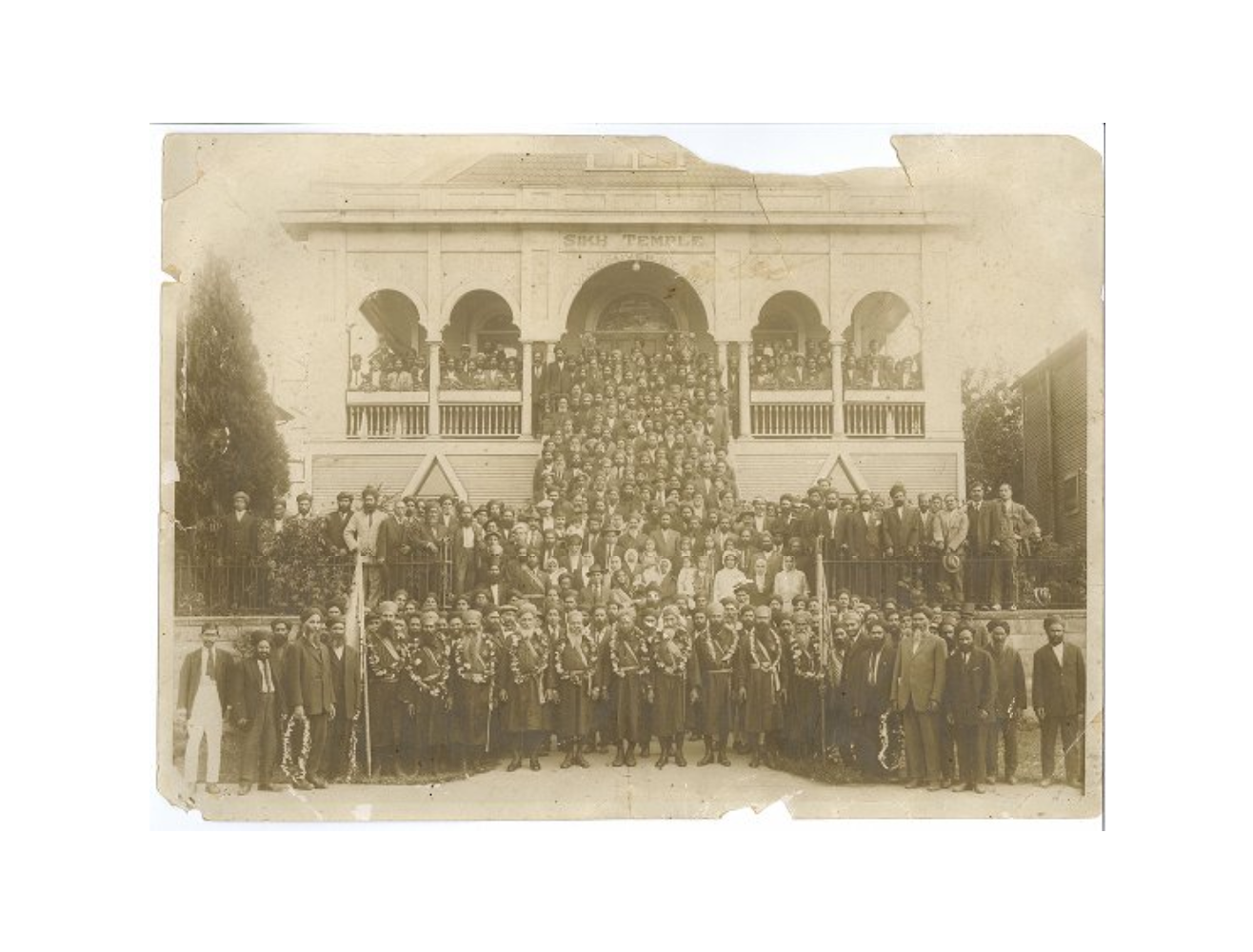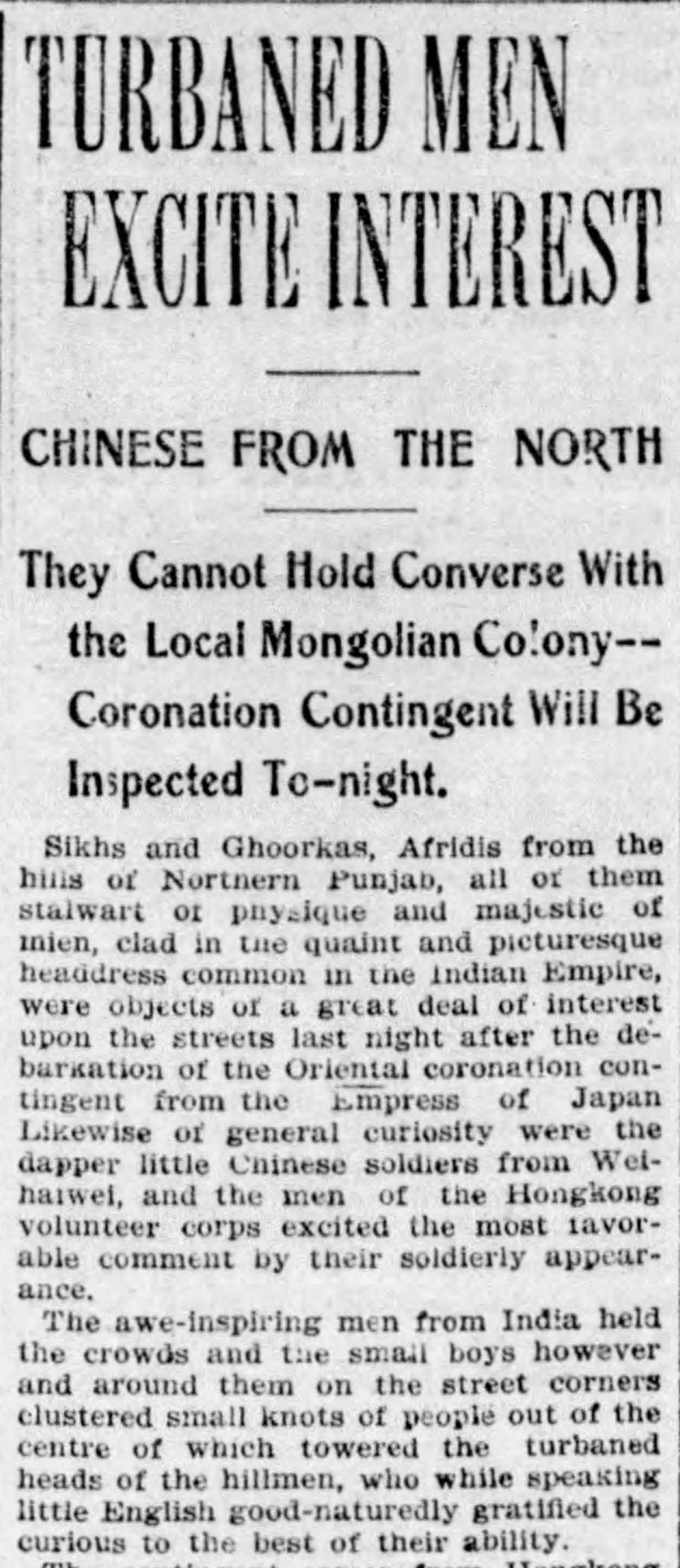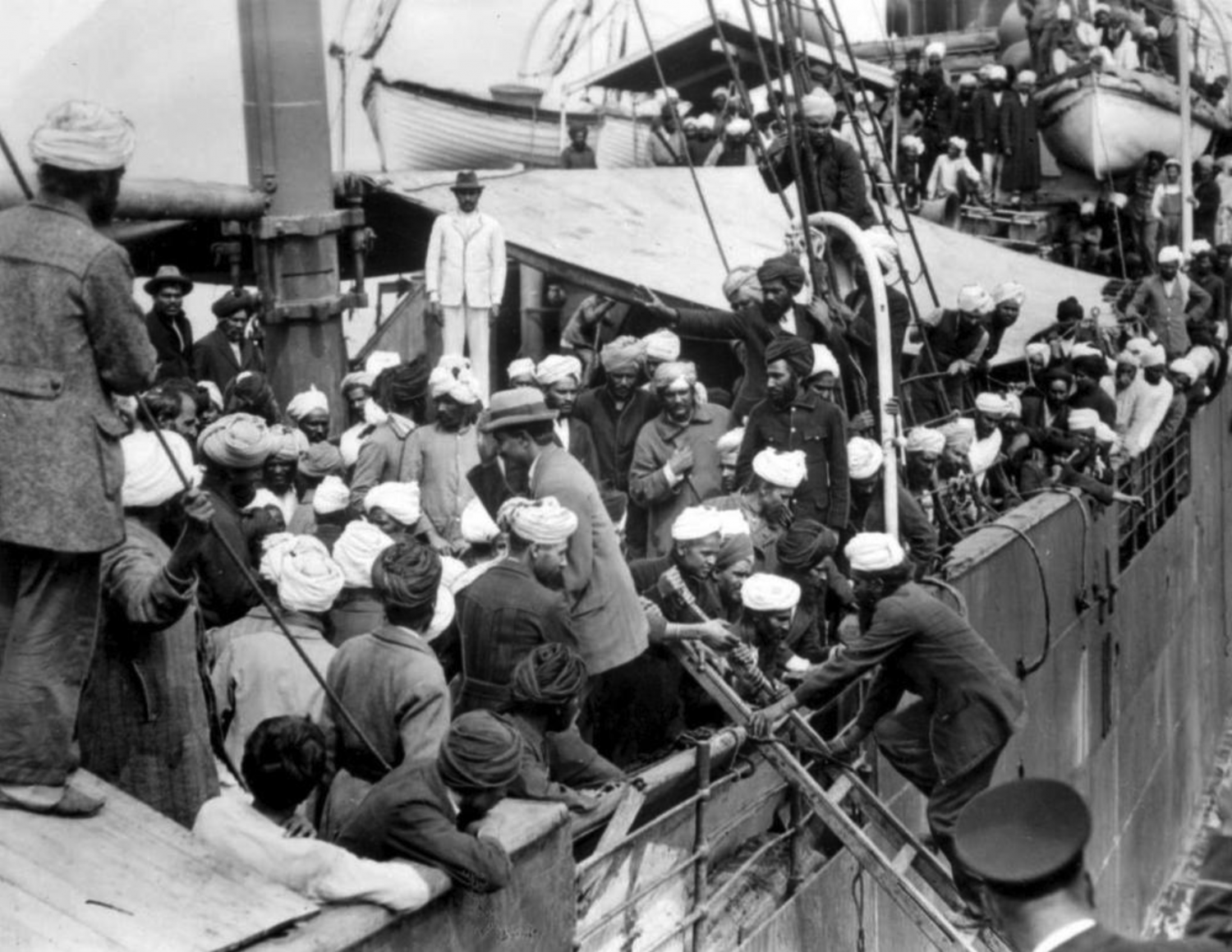Canada’s First Sikh Temple
The Second Avenue Gurdwara is built in Vancouver
Date: 1908
On June 3, 1902, a white ocean liner pulled into Vancouver. Among the many passengers on the Empress of Japan was a small contingent of soldiers from South Asia. Hailing from Punjab, in the northern reaches of the Indian subcontinent, they had come to British Columbia as part of a Commonwealth-wide celebration of King Edward VII's coronation. Upon their arrival, the men were struck by the province's natural beauty, its lushness. In many ways, the scenery reminded them of home. Press coverage of the first Punjabi arrivals highlighted a benign curiosity among the B.C. populace. "Turbaned men excite interest: Awe-inspiring men from India held the crowds," read one headline.
Upon their return to Punjab, word of British Columbia spread, and a wave of emigration took place. Between 1904 and 1908, around 5,000 men, and the occasional woman, settled across the province, farming or finding work in lumber mills. In 1906, the Khalsa Diwan Society — Canada's first Sikh organization — was formed. Two years later, on Jan. 19, 1908, Vancouver became home to North America's first gurdwara, or Sikh temple. The Second Avenue Gurdwara operated out of a stately two-story building in Kitsilano, serving a community that numbered around 2,000 its first year. The Khalsa Diwan Society would later oversee the construction of temples in Victoria, Abbotsford and New Westminster.
But as the South Asian population grew in British Columbia, their reception by the province's white population soured. Worried about the growing number of gurdwaras, the mayor of Victoria would write in 1912 that, despite their reputation as hard-working and desirable employees, the Sikhs "are not suited to the country." He continued, "They are immoral and quarrelsome and have not the stamina enough to become good workers." The contradiction evidently lost on him, he concluded that their economic "success constitutes a danger."
Intolerance was omnipresent. Starting in 1906, discriminatory practices such as targeted eviction and exclusion from public facilities became the norm. Facing such hostility, the Sikh community became incredibly self-sufficient, finding various ways to look out for one another — almost always through connections forged by the gurdwaras. The Guru Nanak Mining and Trust Company, for instance, formed in 1908 and poured money into various business ventures, weaving a social safety net while stimulating economic growth. When the Komagata Maru arrived in Burrard Inlet in 1914, Vancouver's Sikh community pooled money to send food and supplies to the boat's trapped passengers as a measure of solidarity.
As a result of their self-sufficiency and impressive networking, the South Asian community in B.C. would thrive. By the 1920s, an entrepreneurial class had flourished as they started sawmills, farms and other agricultural businesses. Even as the country was hit with the economic straits of the Great Depression, the Sikh community pulled through. "We looked after our own people," Lachman Singh Thandi recalled. "We never let the food supplies run out at the [Second Avenue] gurdwara. There were piles of flour sacks. The wood was always piled high. There was plenty of tea, cans of milk, boxes of butter, salt, spices, pepper."
For decades, the Second Avenue Gurdwara remained an important forum for those interested in South Asian issues, including democratic movements like Indian independence and the community's fight for the right to vote in Canada in the 1940s. The original gurdwara on Second Avenue was eventually sold in 1970 to raise money to build a new temple off Southeast Marine Drive in Vancouver. Today, the Ross Street temple still operates, with the headquarters of the Khalsa Diwan Society next door. It is one of dozens of gurdwaras in British Columbia, which still has the largest Sikh population of any province in Canada.
Sources:
- "First Sikh Temple." Vancouver Heritage Foundation, https://www.placesthatmatter.ca/location/first-sikh-temple/. Accessed 5 Apr. 2021.
- Kang, Raman. "Canada’s First Sikh Temple Was Built in Vancouver, Here’s What It Looked Like." 604 Now, 24 Jan. 2019, https://604now.com/canadas-first-sikh-temple-vancouver/.
- "Community Strength." Sikhs.Org, 2011, https://www.sikhs.org/100th/part3.html.
- South Asian Studies Institute. "History." Canadian Sikh Heritage, http://canadiansikhheritage.ca/history/. Accessed 5 Apr. 2021.
- "The Sikhs Come to Stay in Canada." Sikh Pioneers, https://www.sikhpioneers.org/sikhs-come-stay-canada/. Accessed 5 Apr. 2021.
![Group of British & Indian officers, 15th Sikhs [Le Sart, France]. Photographer: H. D. Girdwood.](https://bc-timeline-backend.azureedge.net/sites/default/files/styles/gallery_resized/public/images/3-2_BL_Photo%2024-76.jpg)





